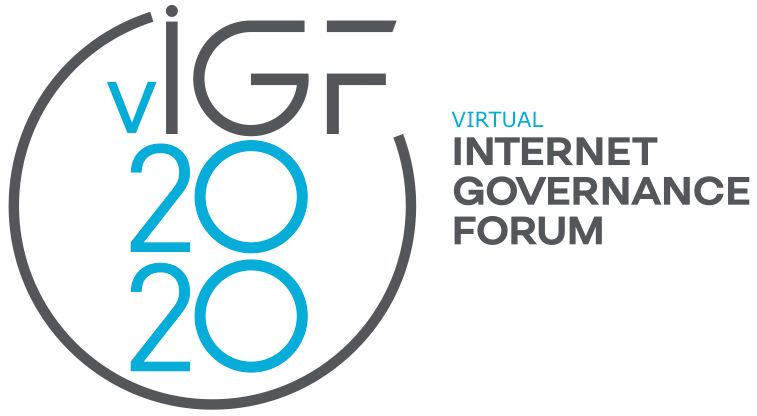Building digital bridges: Engaging young women online
9 Nov 2020 12:00h - 13:00h
Event report
The session focused on mirroring how contextualised approaches aimed at bridging the digital gender divide leads to the empowerment and engagement of young women in online spaces.
TechSoup is supporting innovation for activists. All their projects include two key assumptions:
- Activists are not usually tech savvy. Women are discouraged from science, technology, engineering, and mathematics (STEM) disciplines from the early stages of their lives. Learning takes time and safe spaces are important for learning. Currently tech related learning spaces are not safe spaces for women.
- Tech experts are not experts in teaching or communication. Technology solutions for volunteers are usually too advanced. Tech experts and tech heroes are usually men.
Ms Anna Kuliberda (Senior Advisor, TechSoup, WEOG) said that TechSoup projects build bridges through proactive approaches which amplify voices of women who are there but are not heard or not heard enough. Making all voices count is a principle.
They support non-technical voices by building confidence through evaluating proposed tech solutions from both the user and activist perspective. It is also important to bridge gaps in communication cultures between activists (often female activists) and tech experts (often male IT volunteers). Special attention is paid to make sure that female activists are aware of the dangers of being online. Seeing the gender aspect of using technology for good is highly encouraged. TechSoup is working against sexism, manels (panels that only consist of men), and mansplaining. In her work, Kuliberda is promoting women experts, especially from the Central and Eastern Europe (CEE) region.
‘It is more than gender inclusion. It is about intersections. We need to have less assumptions and listen more’, Kuliberda concluded.
Ms Jahou Nyan (Programme Specialist, RNW Media) presented five pillars for an inclusive approach, which include:(a) inclusive teams, (b) inclusive communities, (c) nclusive partnerships, (d) inclusive content, (e) inclusive technology. They often encourage women to write under pseudonyms if they don’t want to or can’t publish under their name. Nyan underlined the importance of tech related capacity building for women in media. In countries RNW Media works in, data is often a luxury,especially for women. Access to technology and/or the Internet is often the biggest barrier for women. She encouraged gender neutral language on sensitive topics. Inclusive partnerships are important for safe online interactions and creating safe spaces both online and offline. RNW Media tends to organise offline debates for women who cannot access technology or be online for different reasons. Nyan listed ten principles for gender sensible content: voice, contextualise, represent, challenge (look into different contexts), promote, language (crucial to be neutral), engage, visualise, address, topic.
When it comes to the principle of topics, it is important to include a gender perspective, ‘otherwise the content will always be missing something’.
Ms Reema Hamidan (Project Coordinator, Huna Libya) spoke about their smart targeting campaign which, only on their Facebook page, reached 970 000 followers. The goal of the campaign was to spread awareness on facts, rights, and laws that support gender equality in Libya. At the beginning, they have noticed that predominantly comments were coming from men for different reasons. Without targeted promotion, ads were reaching more men than women. Nearly 7500 women have been reached prior to targeting. After targeted ads the reach increased to 122 000 women.
In their campaign, they also gained support of women influencers who support gender equality. This resulted in having all around more confident communication about women’s rights. Women were encouraged by the campaign to share and engage more. However, many women still opted out to send their stories and experiences in private messages. Hamidan noted that men are an important part of these efforts and should be included in the process.
Overall, conclusions included that strategies need to be tailored to specific communities; women need to be encouraged and meaningfully enabled to speak in men dominated spaces; more work needs to be done to build bridges between women and online communities.
Related topics
Related event

